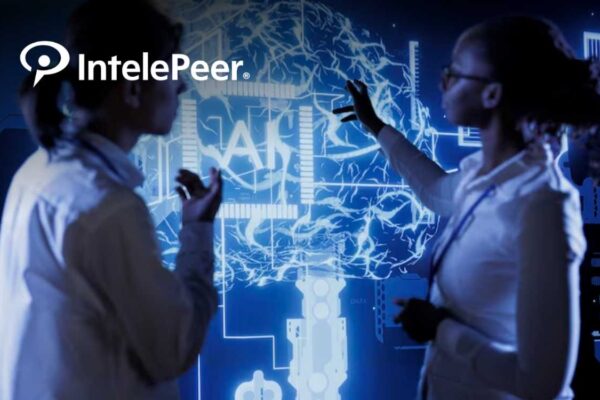WiMi Hologram Cloud Inc., a leading global Hologram Augmented Reality (“AR”) Technology provider, today announced that to fully utilize the advantages of deep learning models and machine learning models, an image classification system that integrates deep learning and machine learning models was developed. The system first uses a deep learning model for feature extraction to transform the original image data into high-level represented features. Then, machine learning models are used to classify these high-level features to obtain the final image classification results. Specifically, WiMi uses a convolutional neural network (CNN) as a deep learning model to extract local features of an image through multiple convolutional and pooling layers, and combines these features through a fully connected layer to obtain a high-level representation of the image. A support vector machine (SVM) is then used as the machine learning model to input these high-level features into the SVM for classification.
SVM is a classical machine learning algorithm that can classify feature vectors based on their linear divisibility. By fusing deep learning and machine learning models, the feature extraction ability of the deep learning model and the classification ability of the machine learning model are fully utilized to improve the accuracy of image classification. Meanwhile, due to the separation of the deep learning model and the machine learning model, either module can be flexibly adapted and replaced for different image classification tasks and datasets to achieve more accurate and efficient image classification tasks.
The deep learning model can learn more abstract and advanced features, while the machine learning model can utilize these features for more accurate classification. WiMi improves the accuracy of image classification by fusing the deep learning and machine learning models, utilizing the powerful feature extraction capability of the deep learning model and the excellent classification capability of the machine learning model, and, at the same time, optimizes the computational process of image classification to improve the efficiency of classification. Deep learning models usually require a large amount of computational resources for training and inference, while machine learning models are relatively lightweight and can perform classification with lower computational resources. Deep learning and machine learning models are fused to build an end-to-end image classification system. The system can receive input images and output classification results. Users can classify images and get the classification results through this system.
The whole system depends on the synergy of all the aspects such as data pre-processing, feature extraction, feature fusion, advanced feature extraction and classifier training
Data pre-processing: Pre-processing the input image data, including image resizing, normalization and other operations, to facilitate subsequent model training and classification.
Deep learning model training: Such as CNN training to learn the high-level feature of the image. We will use existing deep learning model architectures and train on large-scale image datasets to improve the generalization ability of the model.
Machine learning model training: Such as SVM training utilises the features extracted by the deep learning model for classification. We will use the middle layer output of the deep learning model as the input features of the machine learning model and train and optimize it by tuning the model parameters.
Model fusion: Deep learning models and machine learning models will be fused to build a comprehensive image classification system. We will get the final classification results by weighted fusion or integrated learning of the classification results of the two models.
Through the above steps, we will realize an image classification system that fuses deep learning and machine learning models to improve classification accuracy and efficiency, and provide users with an end-to-end image classification solution.
WiMi’s image classification system based on deep learning and machine learning models has a wide range of practical application scenarios, and it has a wide range of application prospects in practical application scenarios such as healthcare, intelligent transportation, security monitoring, and autonomous driving. For example, in the field of intelligent transportation, the image classification system integrating deep learning and machine learning models can detect and identify vehicle types, license plate numbers, and traffic signs in the traffic scene in real-time, thus providing real-time traffic information and intelligent traffic management. In the field of autonomous driving, the system can detect and recognize lane lines, traffic signs, and obstacles on the road in real-time, to realize precise control and safe driving of autonomous vehicles.
In the future, WiMi will continue to optimize the image classification system by increasing the dataset, optimizing the network structure, introducing the attention mechanism, combining multiple models, and using migration learning to further improve the system performance and expand its applications in more industries.























